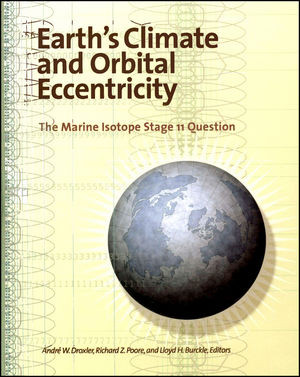

Most ebook files are in PDF format, so you can easily read them using various software such as Foxit Reader or directly on the Google Chrome browser.
Some ebook files are released by publishers in other formats such as .awz, .mobi, .epub, .fb2, etc. You may need to install specific software to read these formats on mobile/PC, such as Calibre.
Please read the tutorial at this link: https://ebookbell.com/faq
We offer FREE conversion to the popular formats you request; however, this may take some time. Therefore, right after payment, please email us, and we will try to provide the service as quickly as possible.
For some exceptional file formats or broken links (if any), please refrain from opening any disputes. Instead, email us first, and we will try to assist within a maximum of 6 hours.
EbookBell Team

4.7
86 reviewsPublished by the American Geophysical Union as part of the Geophysical Monograph Series.
Weather bureaus around the world have accumulated daily historical records of atmospheric conditions for more than a century to help forecast meteorological conditions three to five days ahead. To gain insight into the impact of possible future climate warming and constrain predictive models for a warm future, climatologists are seeking paleoclimatologic and paleoceanographic records from the most recent intervals in the Quaternary when conditions were demonstrably warmer than they are today.
In the past 2.5 My, Earth climate has oscillated from cold (glacial) to warm (interglacial) intervals. We currently live in a warm interval, the Holocene, during which the climate has remained relatively constant for about 10 ky. Because the Holocene is nearly as long now as the previous interglacial, scientists have projected the possibly imminent onset of another ice age, excluding human intervention. Whether or not this will occur is a question of some significance, and has sparked debate. Finding an analogue to our current status in other recent interglacials offers substantive aid in clarifying the question just mentioned, and others, concerning global climate change over varying geologic time periods.
Content: